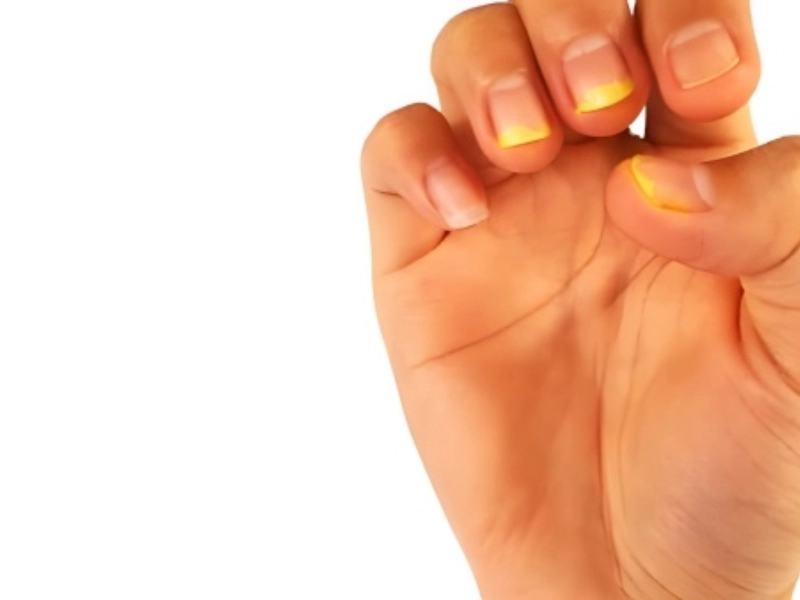What Your Fingernails Say About Your Hidden Health Issues
Nails may not truly reveal the soul, but they certainly reflect our health in remarkable ways. While some people pay little attention to their nails, dismissing them as merely cosmetic features, there are important warning signs that no one should ignore. Unattractive nails can sometimes be a result of poor care or neglect, but they may also signal serious health concerns that require immediate attention. Recognizing these subtle clues can help detect problems early, before they become severe or irreversible conditions that could impact your quality of life.
From nutritional deficiencies to underlying medical conditions, our nails can reveal significant information about our overall well-being and internal health status. During routine checkups, experienced doctors often examine nails carefully because changes in their color, texture, shape, or growth patterns can be early indicators of various health issues ranging from minor deficiencies to serious systemic diseases. Even minor nail abnormalities—such as unusual colors, irregular shapes, changes in thickness, or alterations in surface texture—can be your body's way of signaling that something needs attention and shouldn't be dismissed as merely aesthetic concerns.
The connection between nail health and overall wellness has been recognized by medical professionals for centuries, making nail examination an essential part of comprehensive health assessments. Understanding what your nails are trying to communicate can empower you to take proactive steps toward better health and seek appropriate medical care when necessary.
1.Yellow Nails

If you notice yellow nails developing, try over-the-counter antifungal treatments first, following package directions carefully and maintaining good nail hygiene. If symptoms persist after several weeks of consistent treatment, or if the yellowing spreads rapidly, consult a healthcare professional for proper diagnosis, laboratory testing if necessary, and comprehensive care that addresses any underlying health conditions.







